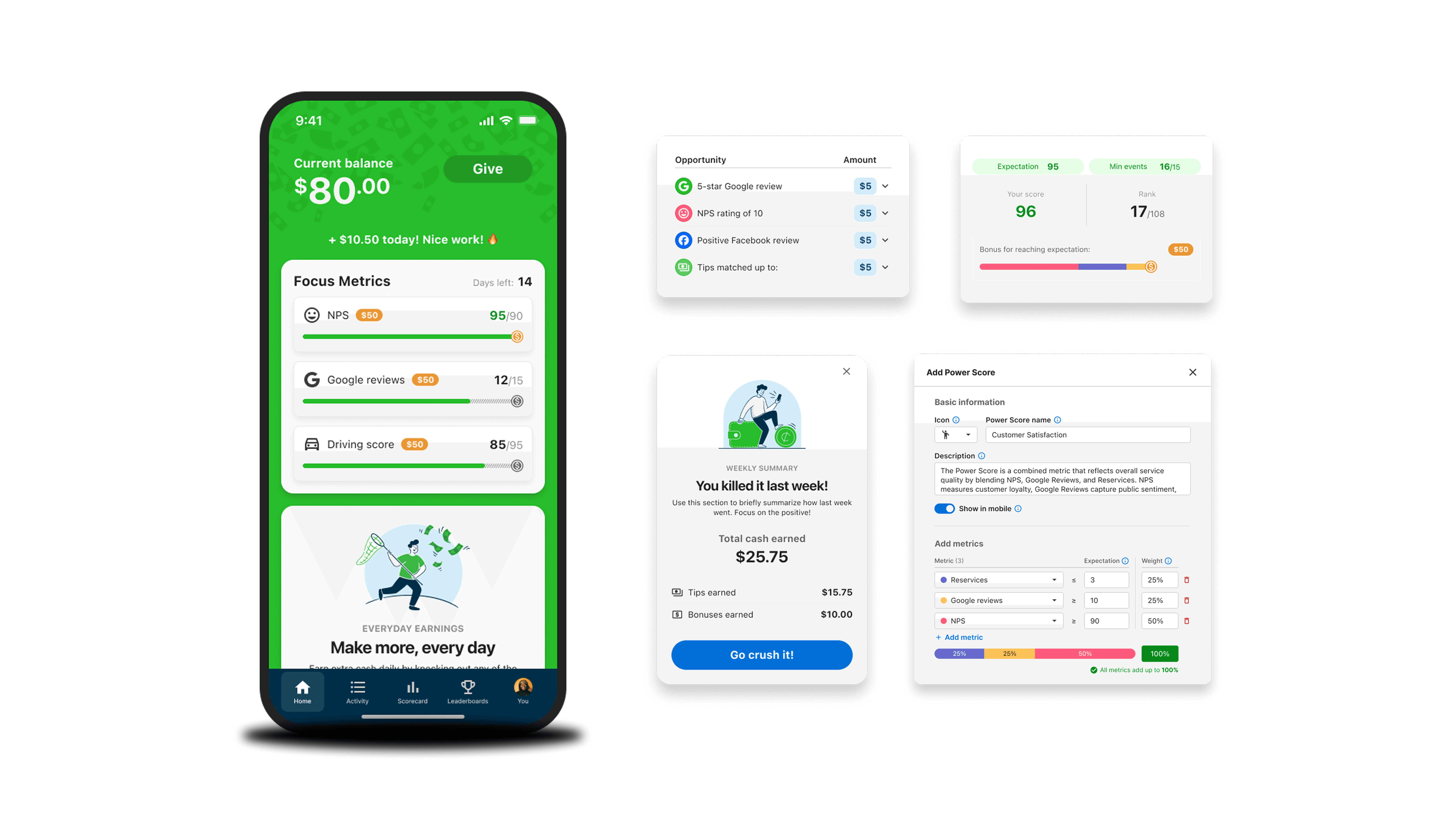The field service industry is at a crossroads.
Finding and retaining top talent has never been harder or more critical. Companies are contending with what experts call “the grey tsunami’ — a steady and unstoppable wave of retirements as a huge portion of the field service workforce ages out. Today, one in four technicians are over the age of 55.
Meanwhile, fewer and fewer young workers are applying for skilled trade jobs. From 2020 to 2022, the stream of new, young applicants into field services industries trickled out, plummeting by a whopping 50%.
With a sparse talent pool, many field service companies make do with lean teams. The result is an overworked and increasingly burnt out workforce: 66% of technicians report experiencing burnout at least once a month.
This isn’t just an employee morale problem. It’s a business problem. Low-performing technicians cost businesses 67% more than their high-performing peers. For field service business owners, that means lost revenue, higher operational costs, and lower customer satisfaction.
Together, these factors paint a grim picture.
But there is a way field service businesses can drastically improve technician morale, retain top talent, and elevate performance across their workforce: by tracking and rewarding technician performance.
Consistent performance tracking is key to spending less to deliver better service.
Ultimately, you can’t manage what you don’t measure. If you’re not measuring technician performance, it’s a lot harder to help your team to do their best work for every customer.
Why the old way of tracking technician performance is broken
To date, most field service businesses track technician performance with ad-hoc reports, a whiteboard in a breakroom, or a gut feeling. If you’re still relying on any of these methods for tracking performance, you’re basically flying blind.
That’s because the traditional way of tracking technician performance is typically:
- Sporadic: Many managers only create reports or check performance when there’s an issue.
- Vague: Some performance tracking systems lack clear metrics or definitions of success, so it’s hard to get a clear picture of how technicians are doing.
- Non-standardized: Different managers often track performance differently, making it nearly impossible to compare technician performance 1:1.
Inconsistent, murky performance tracking doesn’t cut it when every customer interaction can make or break a five-star review. Without a reliable way to track performance, you’re leaving quality, reputation, and profitability to chance.
Performance tracking needs to be:
- Consistent: All managers should have the tools to easily measure performance the same way at the same intervals.
- Clear: Everyone should know what good looks like.
- Standardized: Each technician should be assessed against the same metrics across teams.
The simplest and most effective way to track and reward performance in a way that’s clear, consistent, and standardized across technicians is with scorecards. Done right, scorecards give your technicians clarity, and give managers confidence that every job meets the same quality bar.
The case for scorecards
There are a number of benefits to tracking and rewarding technician performance with scorecards. Below are a few of the top reasons scorecards outperform traditional methods of performance tracking.
Clarity over chaos
A scorecard distills dozens of raw data points like job completion, reservices, driving score, reviews, and NPS ratings into a single, understandable view. Technicians instantly know if they’re on target, and managers know where to intervene. Clarity eliminates unclear communication and misaligned priorities.
Alignment with outcomes
High-performing teams focus on metrics that map directly to business goals: decreased reservices, faster route completion, on-target time on site, and higher NPS. A customizable scorecard lets you weight each KPI according to its impact, so effort flows toward what truly moves revenue and retention.
Real-time course correction
Traditional month-end reports highlight issues long after customers feel the pain. Live scorecards surface trends as they happen, enabling on-the-spot coaching and resource reallocation. Techs see the consequences, positive or negative, while they can still adjust.
Automated recognition
Recognition delayed is motivation denied. When bonuses fire automatically the moment a technician crosses a performance threshold, behavior changes fast. Motivation becomes continuous rather than monthly.
Visibility for all
Modern scorecards don’t hide in the main office. They sit in the same mobile app techs already use to view their reviews, NPS, and bonuses. Visibility fosters ownership and ownership fuels performance.
Putting scorecards into practice
At Applause, we strongly believe top-performing technicians differentiate successful field service businesses from struggling ones. So we built a tool that makes it simple to track, improve, and reward technician performance, motivating all technicians to operate like business owners.
Unlike systems that only give you limited performance metrics, our new Scorecard solution integrates with your CRM and fleet management software, so you have visibility into dozens of performance metrics right in the platform that your team already knows and uses. From day one, it delivers the structure, motivation, and data clarity your business needs to operate at its best.
Here’s how to make the most of it:
- Choose the right metrics. Start with the KPIs that directly influence profitability and customer satisfaction. Avoid vanity data.
- Weight for impact. Use a composite “Power Score” to reflect real business priorities. If reservices hurt margins more than route completion, weigh accordingly.
- Make it public. Display team rankings in real-time with no manual updating. A little healthy competition converts metrics into momentum.
- Tie rewards to results. Bonuses triggered by score thresholds turn the scorecard from a surveillance tool to a performance partner.
- Review trends, not snapshots. Monthly and seasonal views reveal whether training, weather, or new products affect outcomes, insights that daily numbers alone can’t give.
The bottom line
If you have a low-performing technician flying under the radar, or a top-performer slowly losing morale, the first step to fixing the situation is spotting it. Scorecards transform scattered data into an operating system for accountability, speed, and continuous improvement.
Applause’s Scorecard solution makes it easy to track, motivate, and reward your team without spreadsheets or manual work. If you're ready to bring real-time performance visibility to your operation, schedule a demo and see how Scorecards can drive results from day one.


.svg)







.webp)

.jpg)
.png)